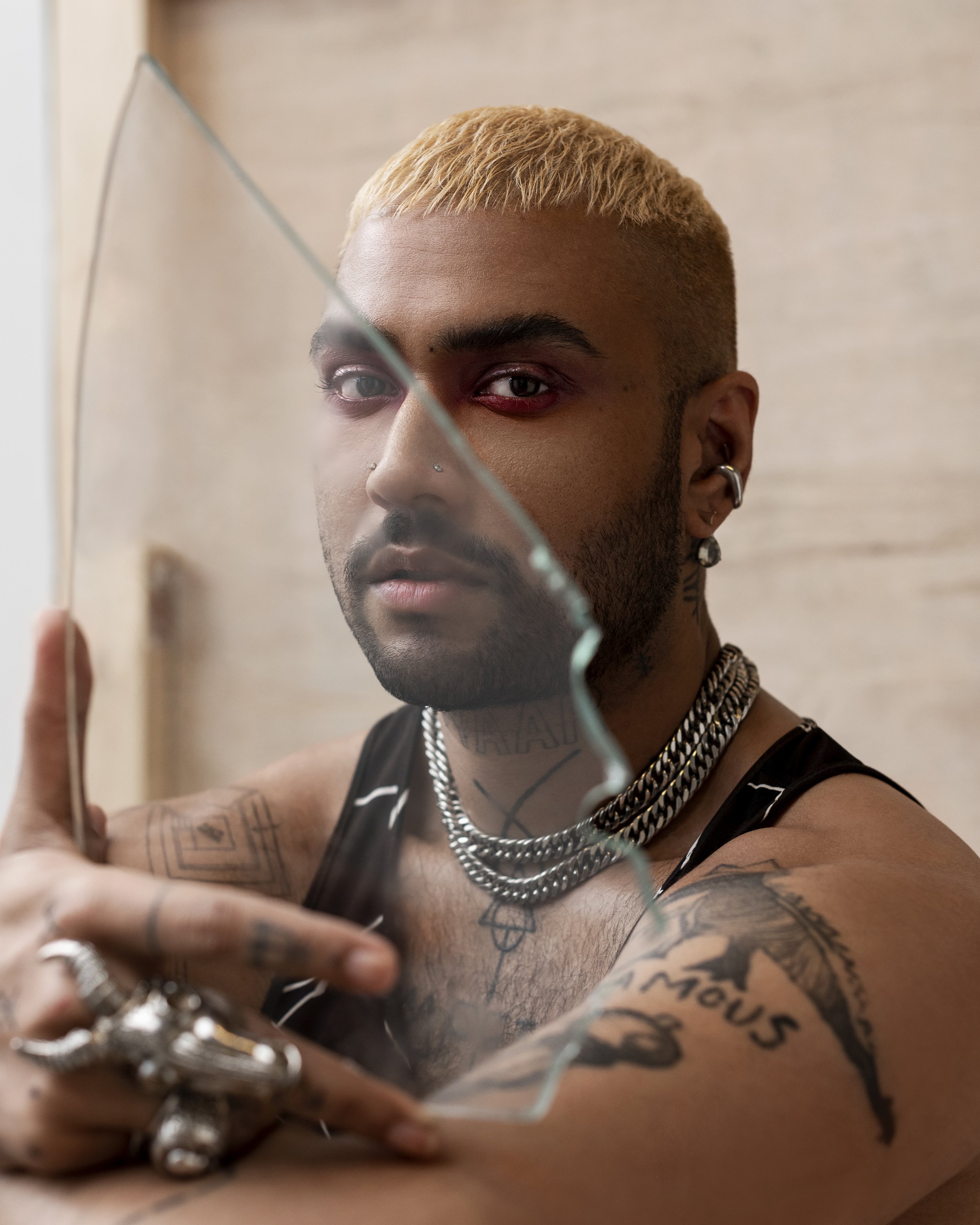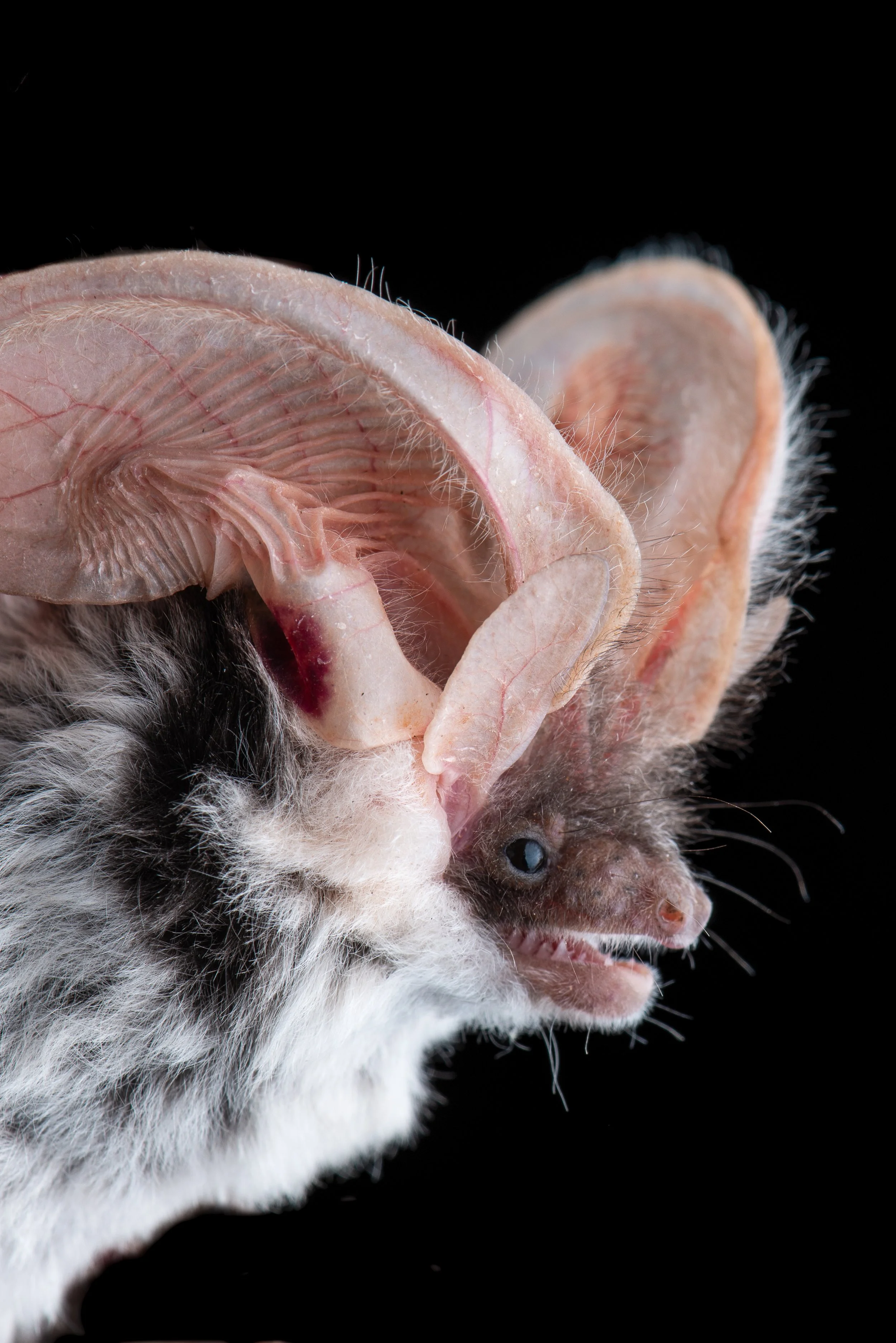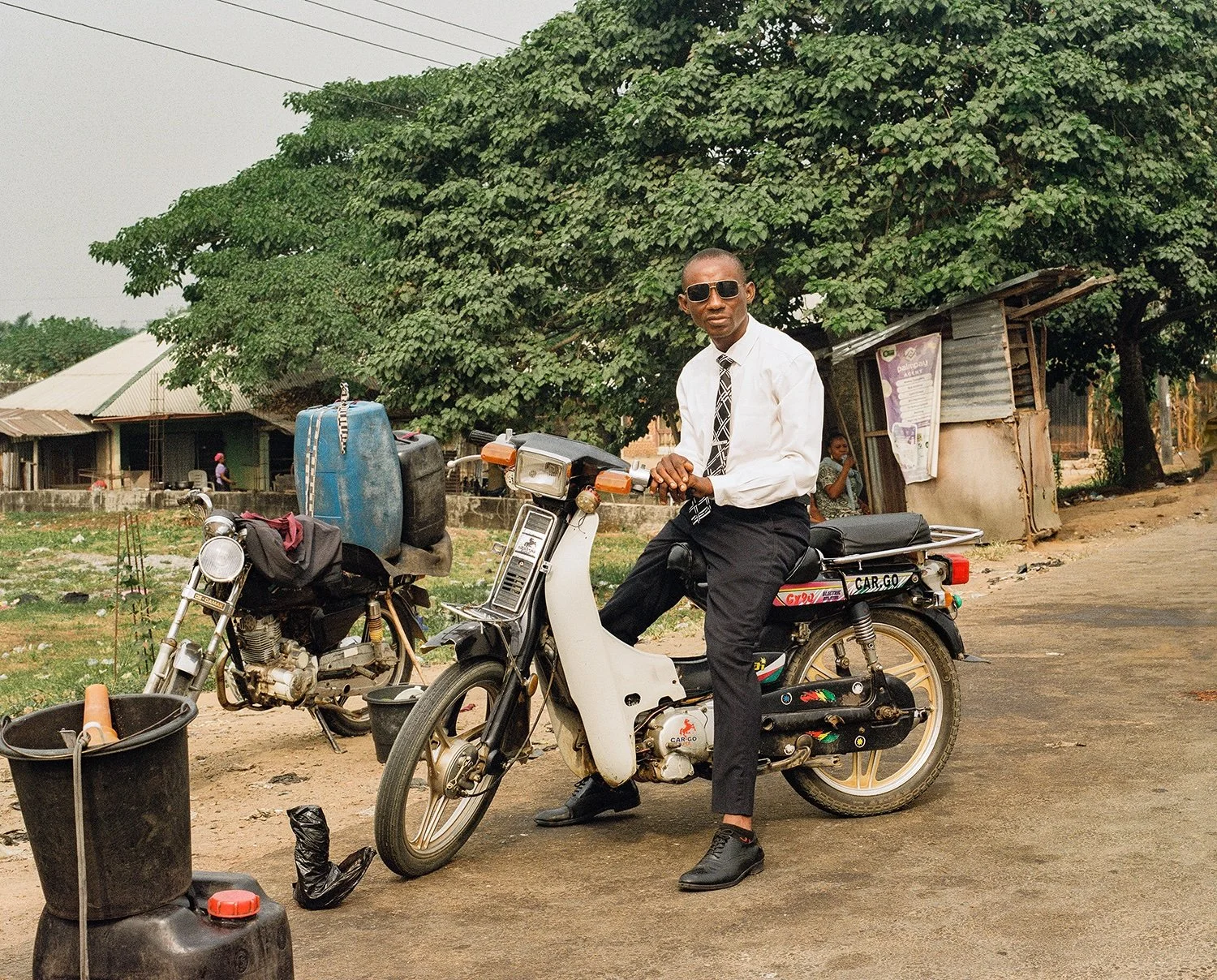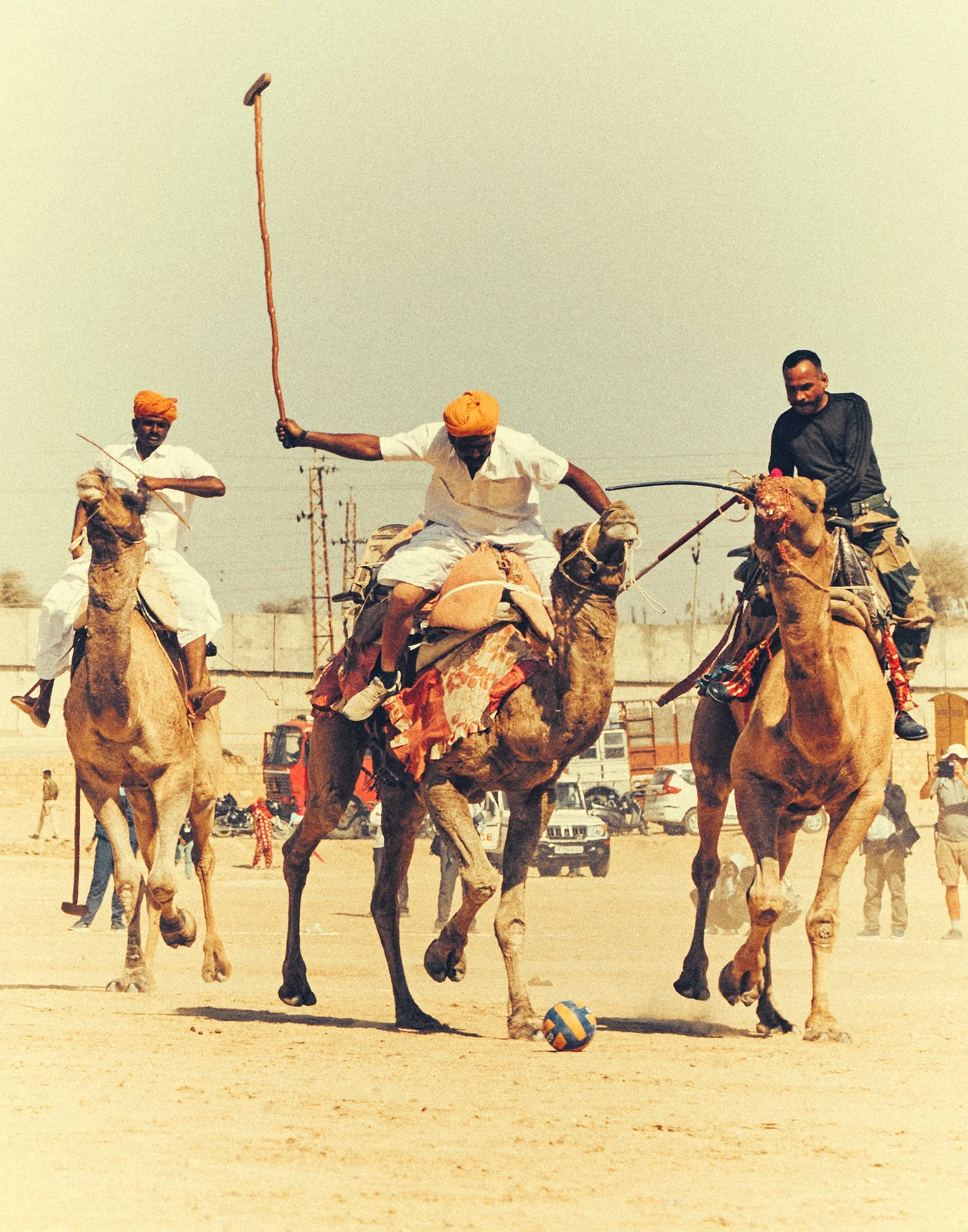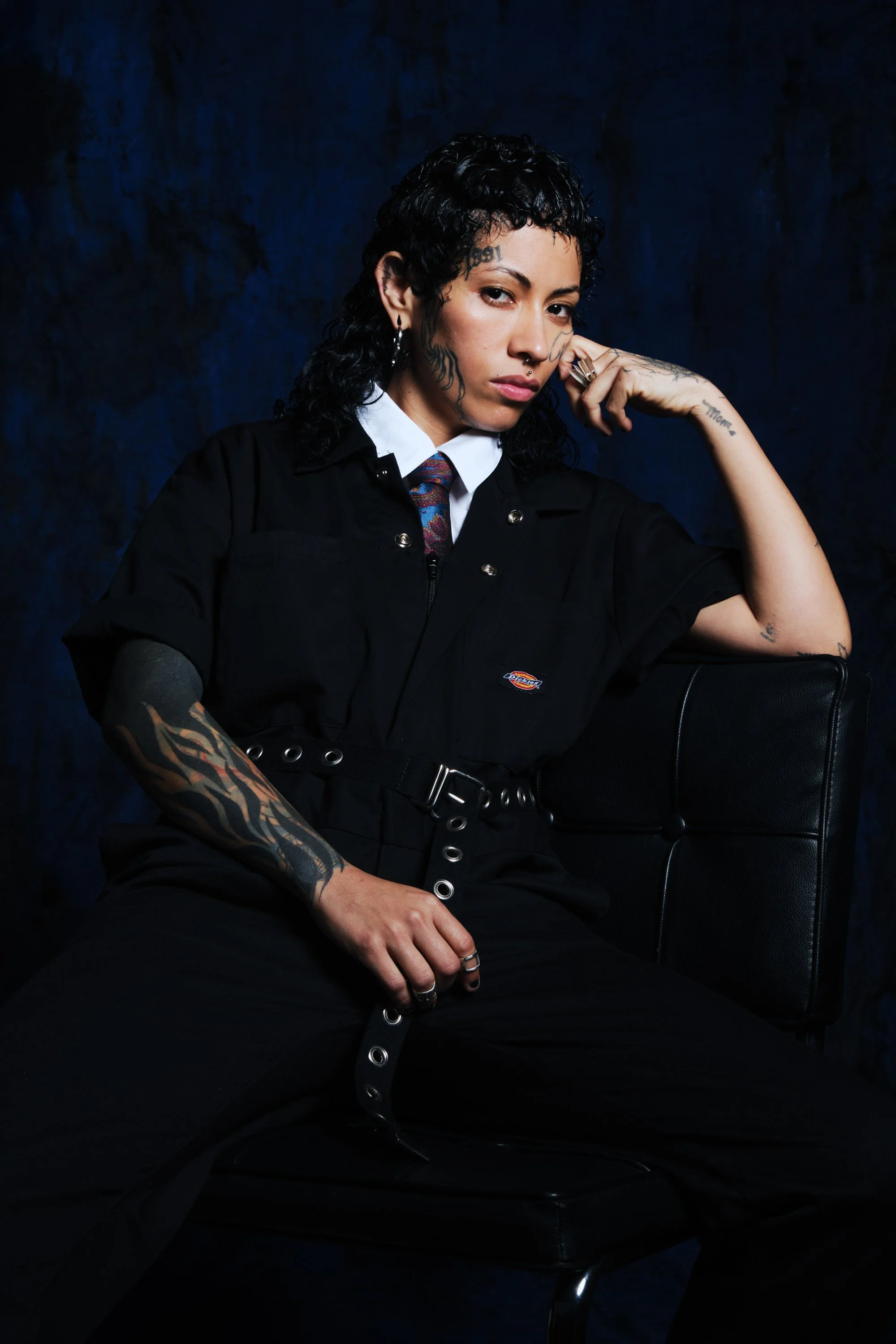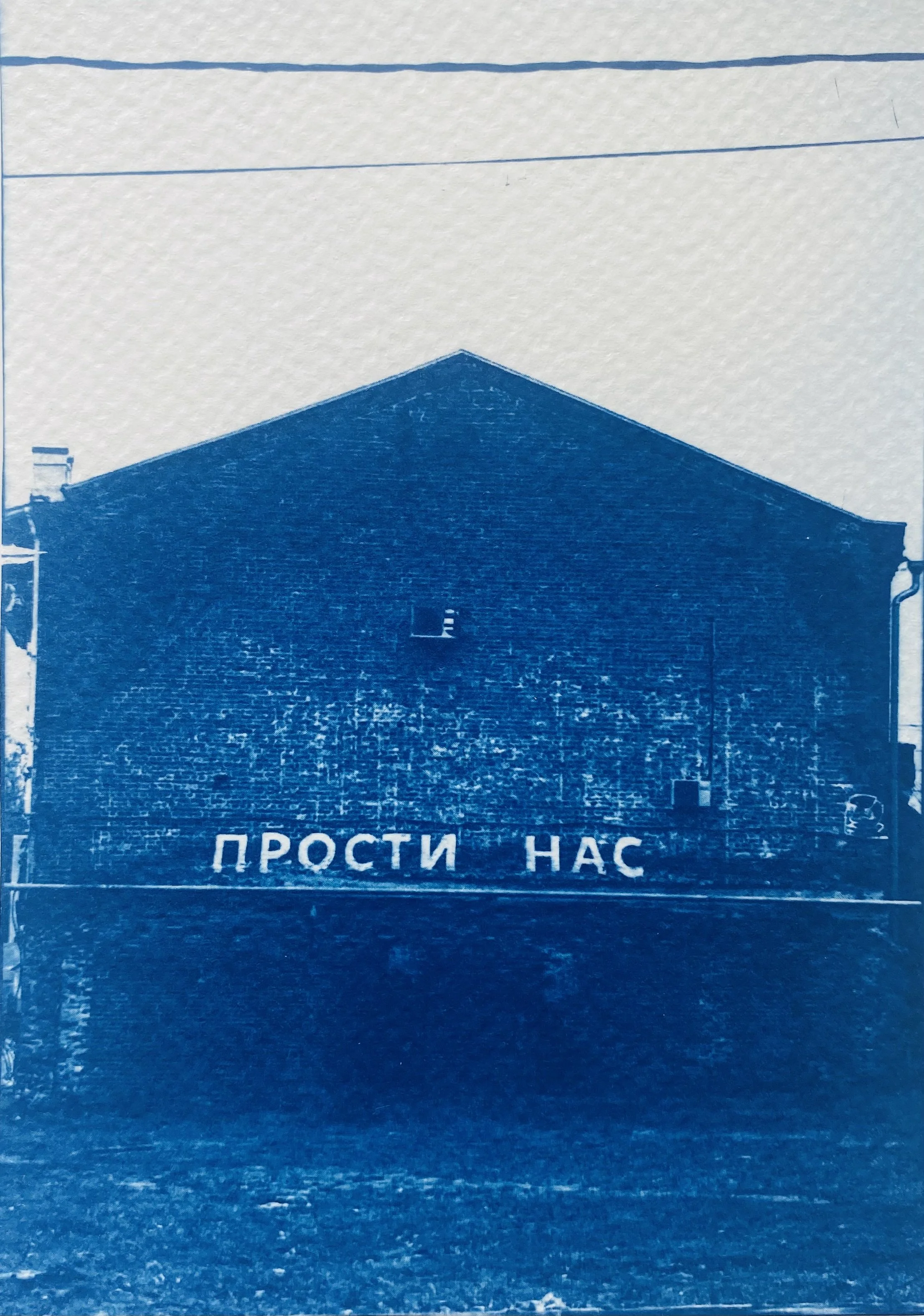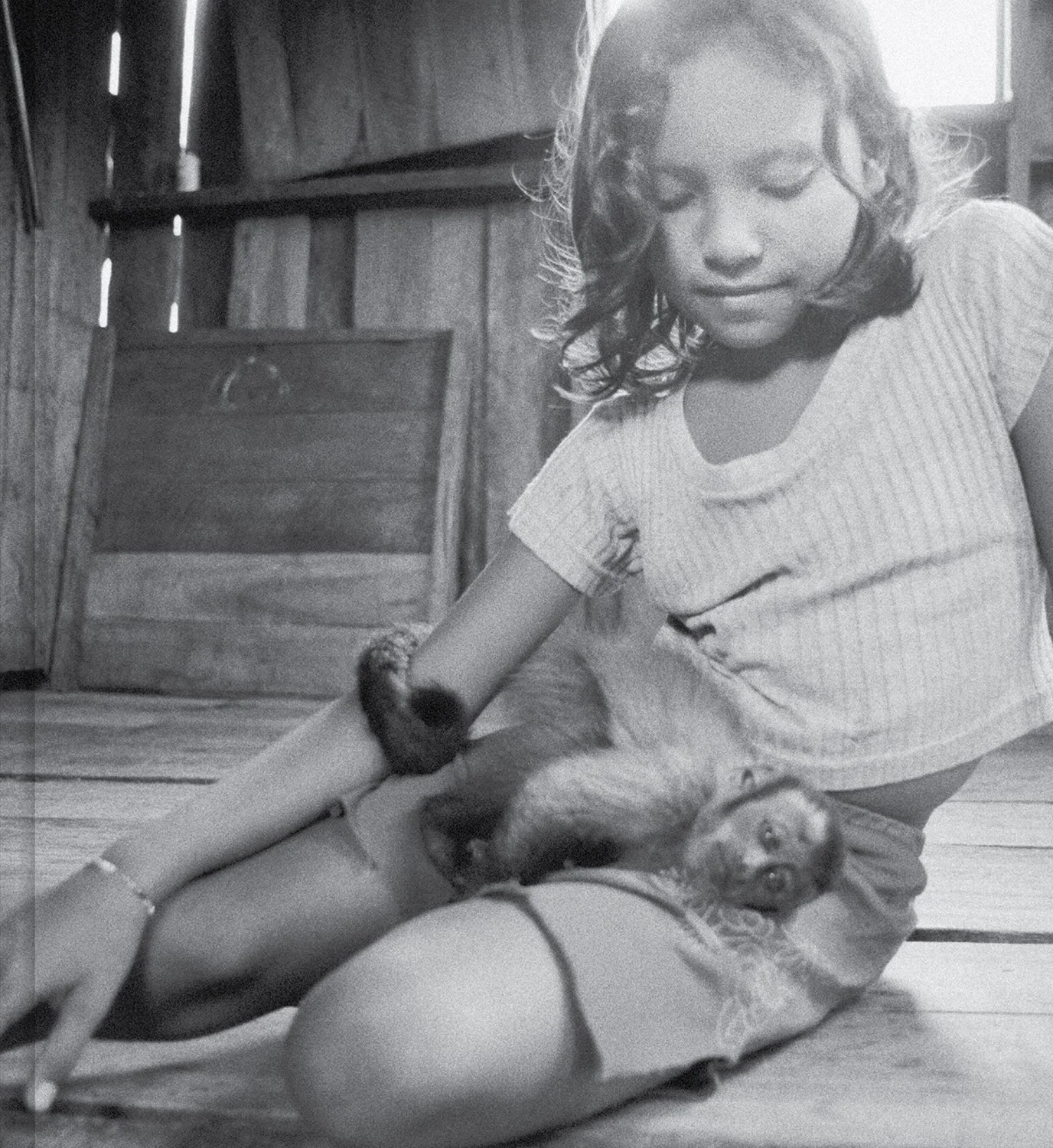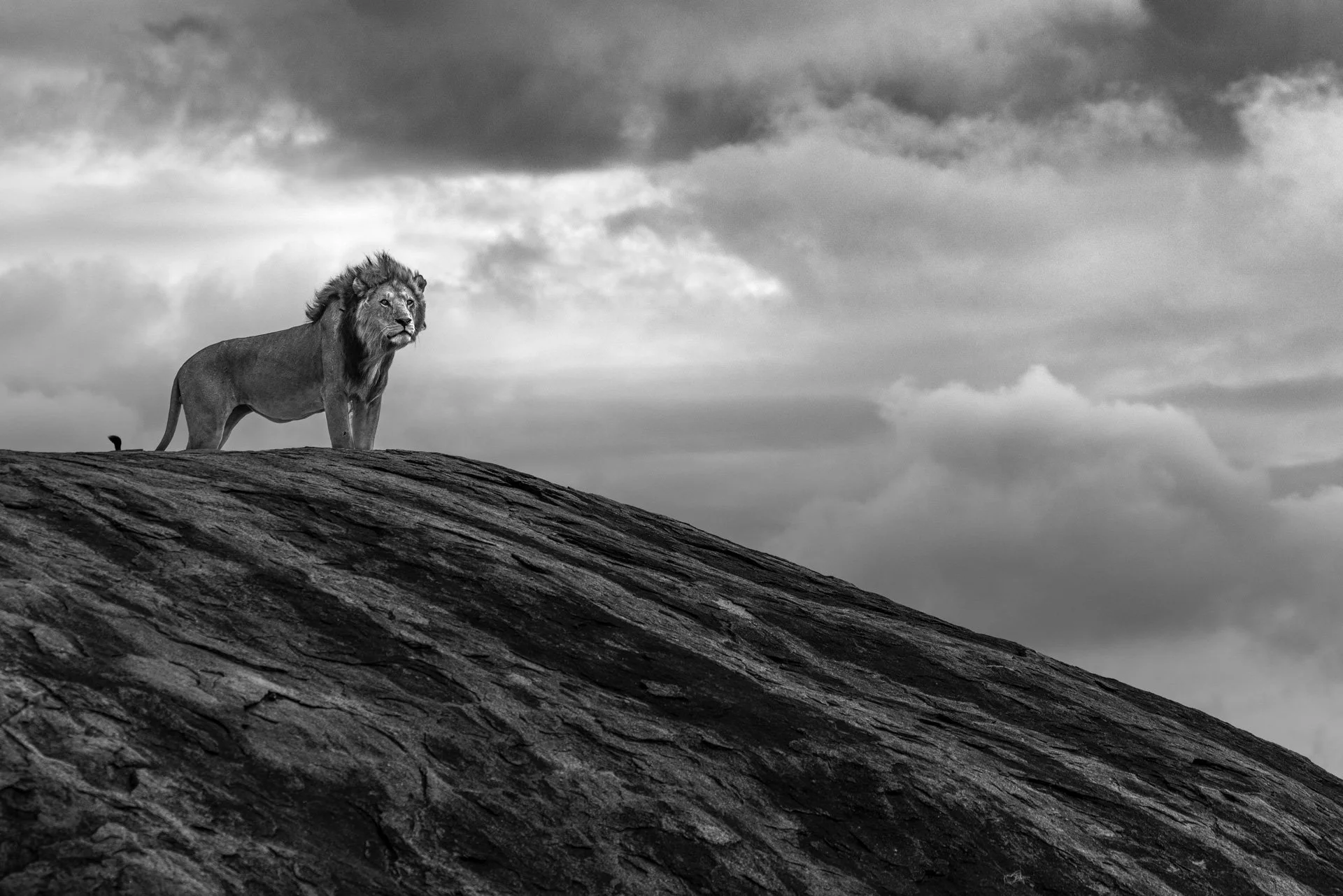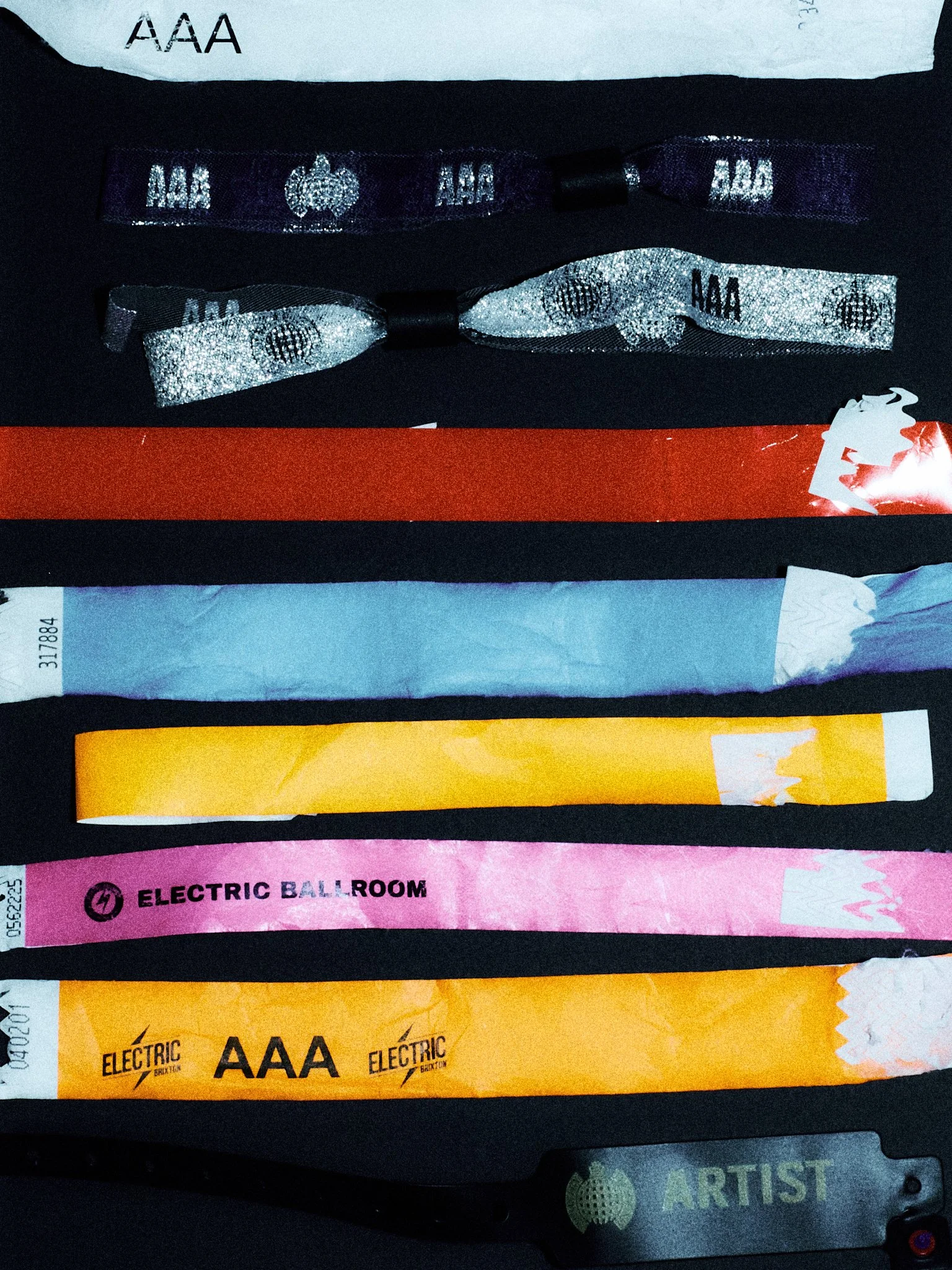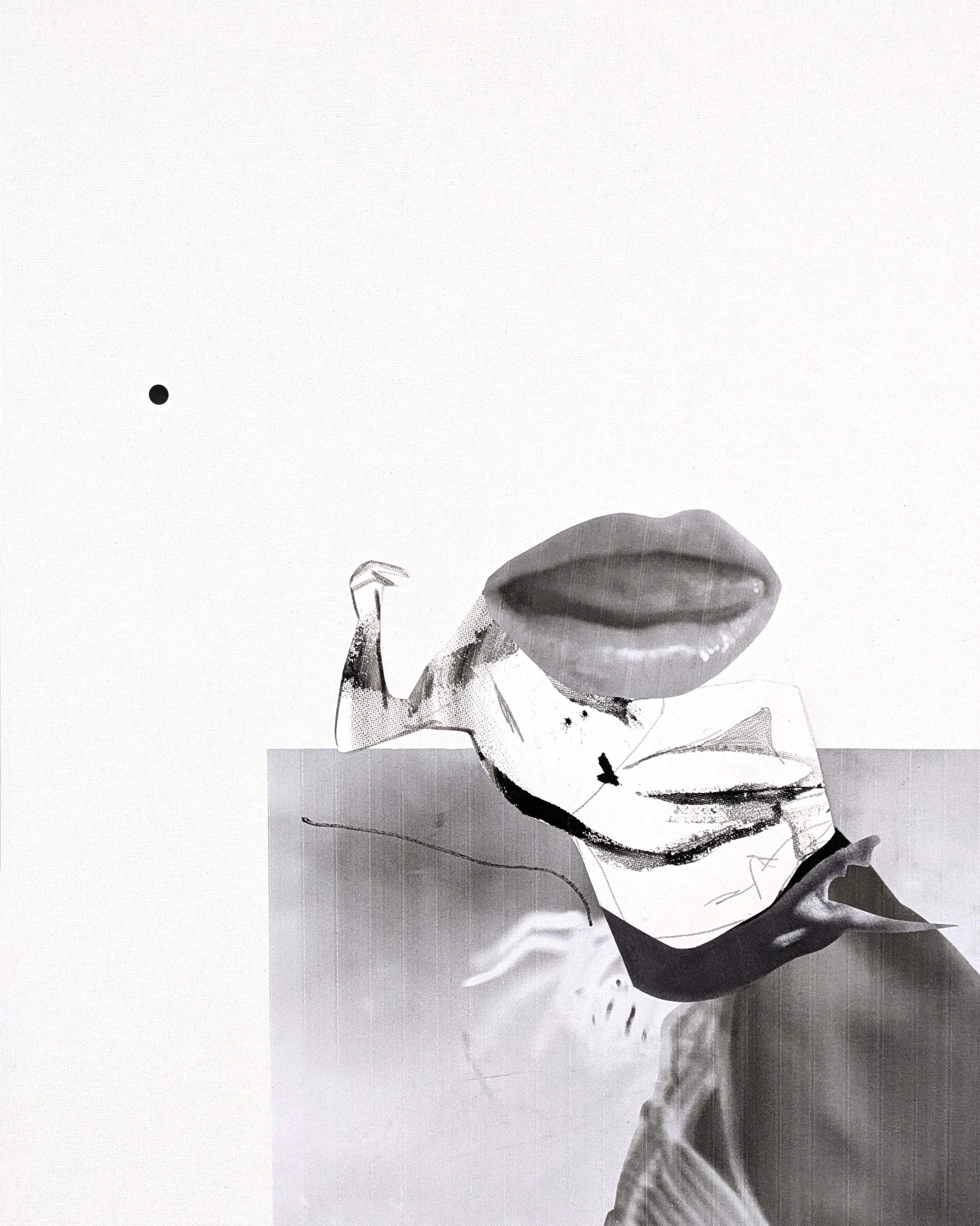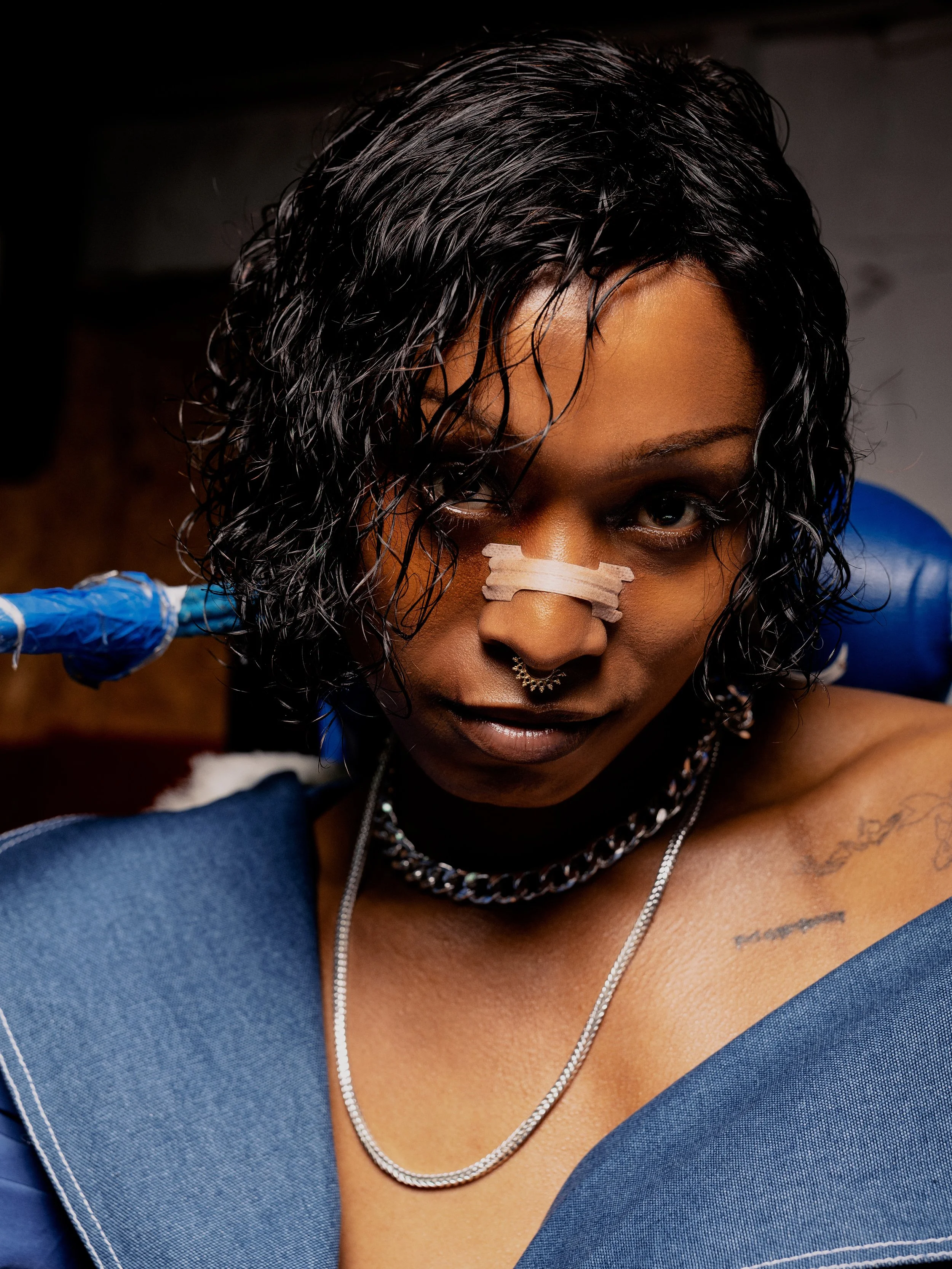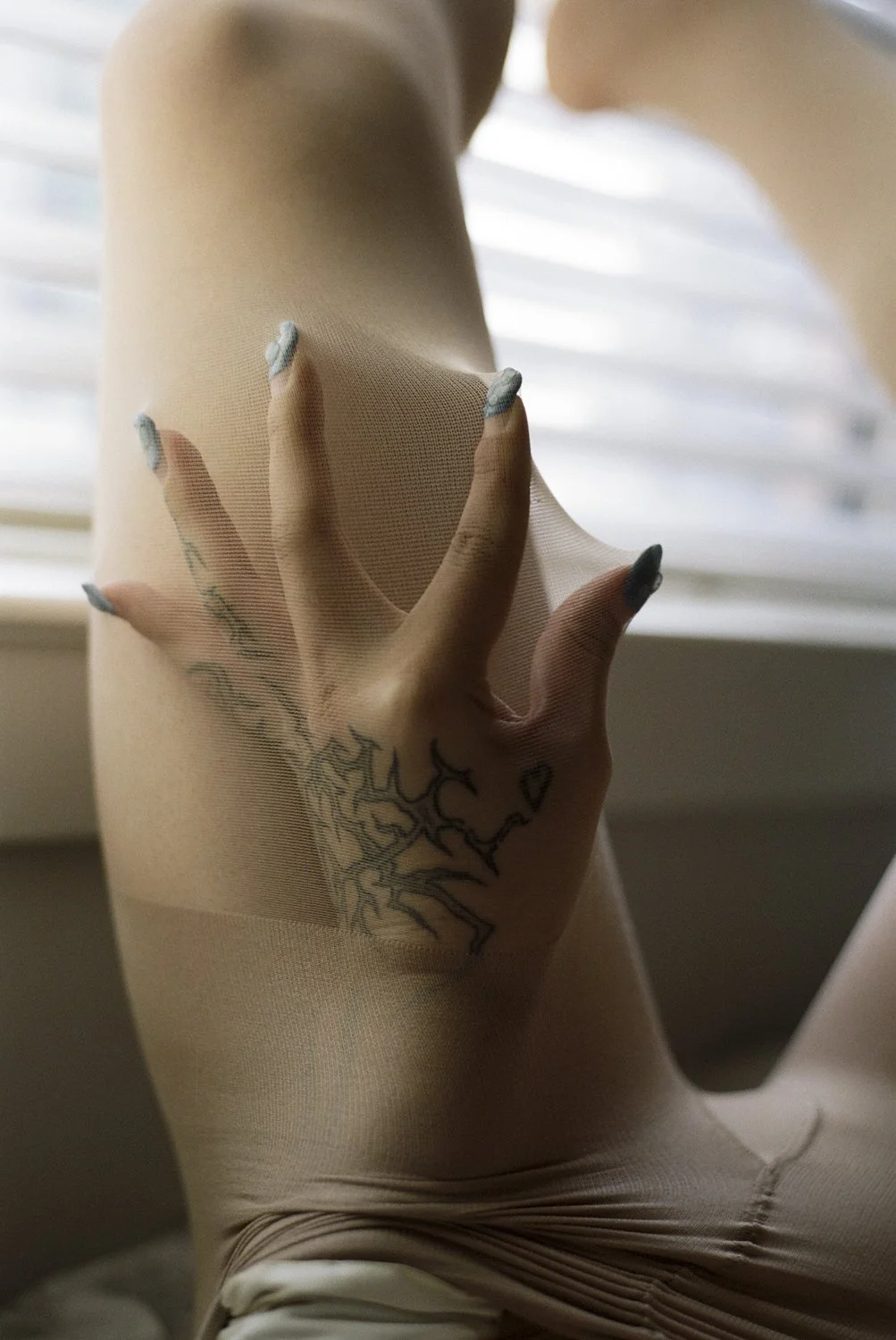Breaking Glass
In the twelve years since self-styled ‘cultural producer’ Ryan Lanji arrived in London from his native Vancouver, he’s steadily built an impressive career first shaking up the fashion and art world, before shapeshifting into a multi-hyphenate DJ, radio-host, club promoter and now TV personality with BBC Three's forthcoming 'The Big Proud Party Agency'. But it's this creative unicorn's queer Bollywood hip hop night Hungama that’s really captured the world's attention, driven by his relentless championing of the South Asian LGBTQ community and refusal to let any glass ceiling go unshattered.
Interview Adam Mattera Photography Christian TrippeI noticed on your Instagram you describe yourself as a 'Reluctant Icon' which made me laugh. Then I thought either it’s tongue in cheek or this person has the biggest ego in the world.
Definitely the former. But I don't know, you could argue the other (laughs). The term 'Reluctant Icon' is actually a little joke I have because I remember meeting someone early in my career who called himself a ‘reluctant artist’. So I just thought it was really cute. But I think what I do is quite iconic in the sense that I uninhibitedly create culture and moments. Regardless of whether or not I know how to, I just do it because I enjoy it.
So Iet’s start with the next big project you’re involved in – BBC Three’s ‘The Big Proud Party Agency’.
The best way to describe the setup of the show is that I run an agency with (party architect) Christopher Mills and (model turned founder of queer womxn night Lick) Teddy Edwardes. We have clients that come in who are looking for us to create surprise parties for their loved ones, so we compete to throw them a massive gay camp party. The three of us pitch our party idea and then whoever wins gets to bring it to life. We shot it all last year and I'm really excited to see it. There's some incredible moments in it. I think it's a facet of the queer community that we haven't seen before. We see a lot of drag with ‘Drag Race’ and a lot of fashion and lifestyle-based stuff like ‘Queer Eye’, but we don't actually see what it's like to be queer and want to celebrate it.
“We see a lot of drag with ‘Drag Race’ and a lot of fashion and lifestyle-based stuff like ‘Queer Eye’, but we don't actually see what it's like to be queer and want to celebrate it.”
And of course, it’s not your first time in front of the cameras. Some people will know you from the Netflix series ‘The Big Flower Fight’ you competed in a few years ago.
‘The Big Flower Fight’ was a random opportunity that came to me to be honest. I had no experience of floristry at all, I just wanted to be visible as a South Asian creative trying their best, no matter how far I got in the competition. And we ended up slaying it.
Absolutely. What was so impressive about you and your partner (artist Andrew Whittle) winning the show was – and this seems to apply to your approach to life in general – that you didn't let your lack of know-how and any preconceived rules of how things are conventionally done stop you, just the opposite. You turned working outside the box into a strength.
Totally. In the first few episodes we were really observing the other contestants to see what they were doing, and that’s when we realised that you can use items in any way, it doesn't need to be so literal. And I think we understood our strengths, which were more in set design and being able to take the mind to somewhere nostalgic by creating something incredibly intricate and beautiful. By the end our sculptors just got larger and larger – like that giant T-Rex we made. I still can't believe I built that, it was an amazing moment in my life. So it wasn't just about floristry. It was about extreme creativity. You can see all the traditional florists trying their hardest and then two renegade artists come in being like ‘we're going fuck up the system!’ (laughs).
It feels like that same sort of fearless mindset has propelled what you’ve built over the last five years with your club night Hungama.
Yeah, I think everything I’ve done has been a reaction to or remixing of things that already exist. That's why I use the term 'cultural producer' rather than 'curator' more often than not, because I produce art and culture in a way that people just haven't assembled yet. When I first arrived in London I remember going to gay clubs and some of the attitudes were just so dismissive and rude. It made me feel so alone. And whenever I missed my family or home, it was always Bollywood that made me feel safe and happy and nostalgic.
“I unapologetically place Hungama in spaces that I want to be, where I never saw myself. That's why the theme of breaking glass for this photo shoot is so appropriate, it's like propelling yourself into another space regardless of the barriers before you.”
That's when I came up with the idea for Hungama – creating a safe space for queer South Asians and mixing Bollywood with hip hop and R&B. So I went to Jonny Woo at (renowned East London queer venue and performance mecca) The Glory and said 'can we do a Bollywood night and just see what happens?’. I wanted the theme of the first party to be a wedding – almost like a marriage to myself and my culture, because I don't think I'll ever have one. So I ordered loads of samosas, invited some drag queens from (London’s longest-running South Asian LGBTQ night) Club Kali, and taught myself to DJ off YouTube – and it was amazing.
We just don't create space for our culture. We get exiled from it or we run away from it, and then we subscribe to this cis white queerness that isn't really us. And that just creates a separation between who we were as children and what we really loved, and who we are now and what we’re lacking. It was a really important cultural bridge. So it's been incredible to see the reception Hungama’s had and how it’s grown. And that is probably the underbelly of all my work now in the way I look at things – and I hate math – but I make an equation that no one thought of.
It’s really impressive how it’s expanded over the last four years – beyond the scope of the East London fashion scene into spaces like The Mighty Hoopla and your last one at Butlins in Bognor Regis – and that’s testament to your drive and vision.
I unapologetically place it in spaces that I want to be, where I never saw myself. That's why the theme of breaking glass for this photo shoot is so appropriate, it's like propelling yourself into another space regardless of the barriers before you.
When I took it to Soho House I made sure that everyone on the guest list was a non-member, because I wanted to make sure South Asians saw this space, because they don't get the opportunity unless they're invited or privileged enough to be making money. I’m constantly having conversations with diversity representatives from all the Prides around the UK and saying 'do you realise that you need to put a set like this on?' Because we grow in visibility through Pride and all these queer events, and we’re no longer just a ‘world stage’ or ‘alternative music’ option, now we've been written about everywhere. I'm relentless in making it iconic.
And where do you think that relentless drive in you comes from?
I think to be honest, a lot of it comes from my mum – she’s probably the centre of gravity to everything that I do. She's an incredible woman who came from a small island in Fiji and developed this immense love for the world of fashion and music and eventually became an English teacher, She’s extremely creative, but culturally she was always told that she couldn't do this or that because it was wasn't right for the family. I feel like I’ve connected a lot of creative dots that she never had the courage or opportunity to do. I want to show her that all of her dreams are possible through me, and because I'm hers, I will do it.
“Being South Asian in Canada is a completely different experience from being South Asian in Britain. In Canada, you're Indian and you are respected, but in Britain, you're an immigrant.”
Is there also something in the deposition of being Canadian and what that means? In having that outside perspective?
That’s an incredible question, because I don't think I would have this perspective if I wasn't born in Canada. Being South Asian in Canada is a completely different experience from being South Asian in Britain. In Canada, you're Indian and you are respected, but in Britain, you're an immigrant. You're constantly reminded of all the things you should hate about yourself, all the reasons why you might never be good enough and why only a few of you can become successful, and that’s because of a subscription to whiteness. In Canada, I was always told that I could be anything I wanted to be, that we were all beautiful together. In school we celebrated everyone's culture – Diwali, Chinese New Year – and there was a respect for each other's religion.
I think it’s that hybridity of being Canadian, South Asian, British and queer that’s allowed me to see the beauty in everyone. I call it ‘the mosaic of shattered glass’. Because if you place different pieces of coloured glass together, you can create a beautiful image.
“I think it’s that hybridity of being Canadian, South Asian, British and queer that’s allowed me to see the beauty in everyone. I call it ‘the mosaic of shattered glass’.”
Before you go, I must ask you about your tattoos – you’re literally covered in them.
I probably have like 30 or 40, I’ve never counted them. The fascinating thing is, I don't consider myself to have tattoos. They're like stickers to me. They're all lessons and reminders of moments in my life, moments of pain and sheer joy. On my neck, it says ‘pyaar’ which means love. And there’s a cross over my throat chakra, to remind me that how I speak is how people perceive me. So only speak when you know the person is listening, and when you speak, speak with kindness.
So are you done with them now?
I mean, I don't have any need for another one. But saying that, I had COVID recently and as soon as I tested negative and got out of my house, I immediately got a tattoo and a nose piercing. I just needed to do something. I can be quite impulsive and eccentric that way. I make a good celebrity. Let's just say that.
Credits
Photography Christian Trippe Creative Direction Dee Make Up Luke Slyka Styling Gregory Russill Photography Assistant Tom Beck





